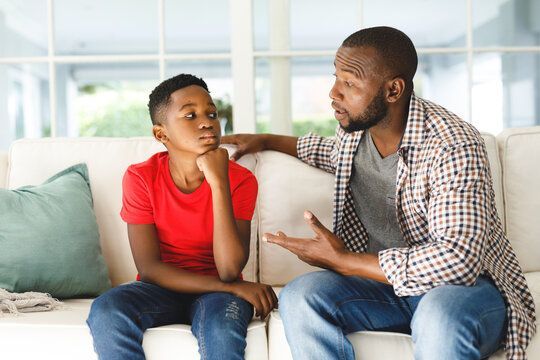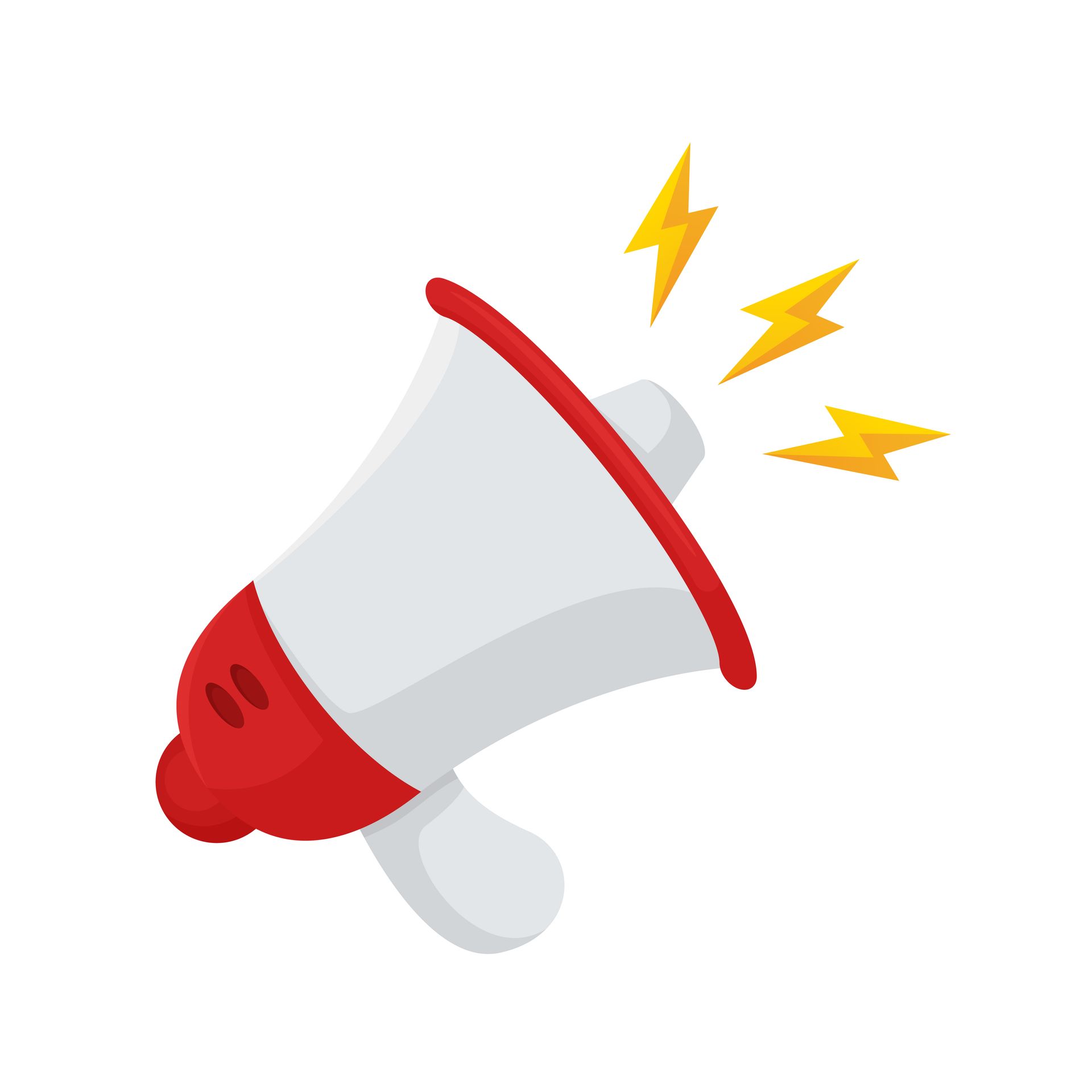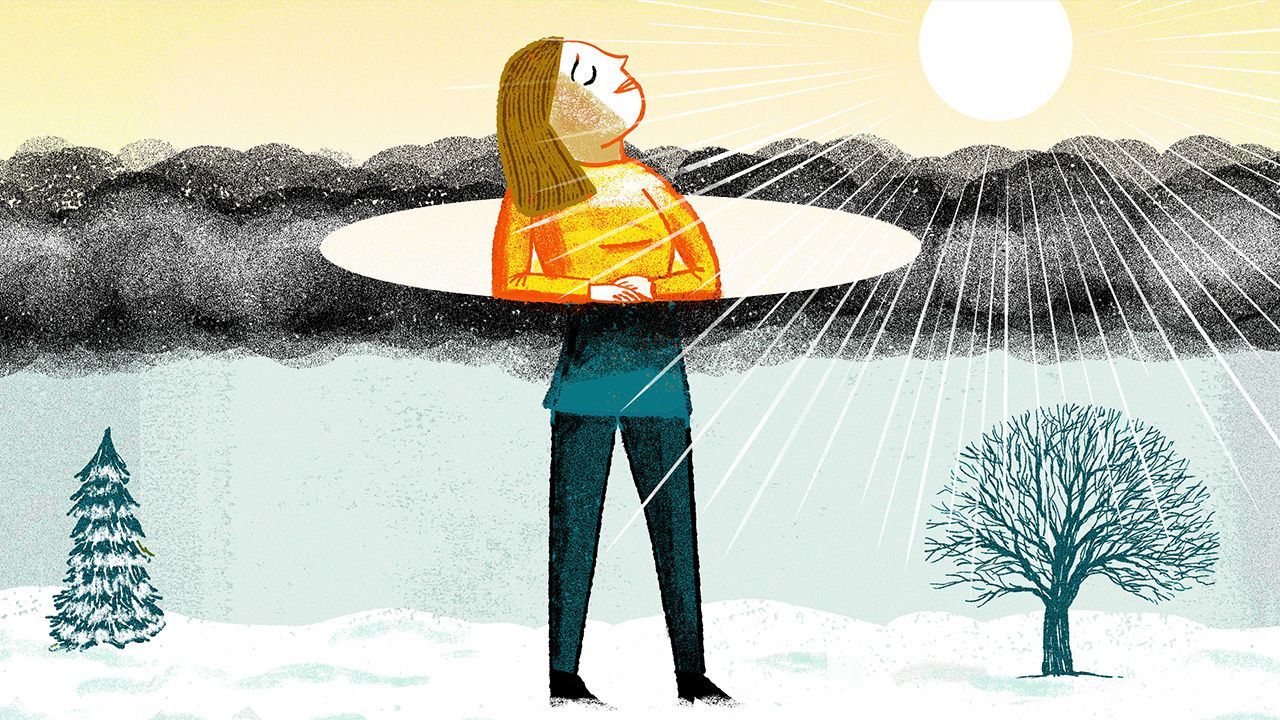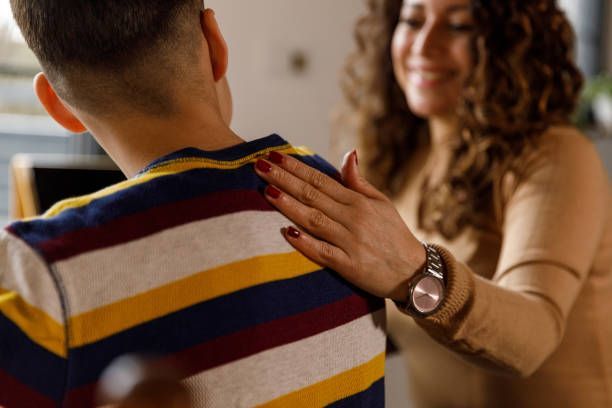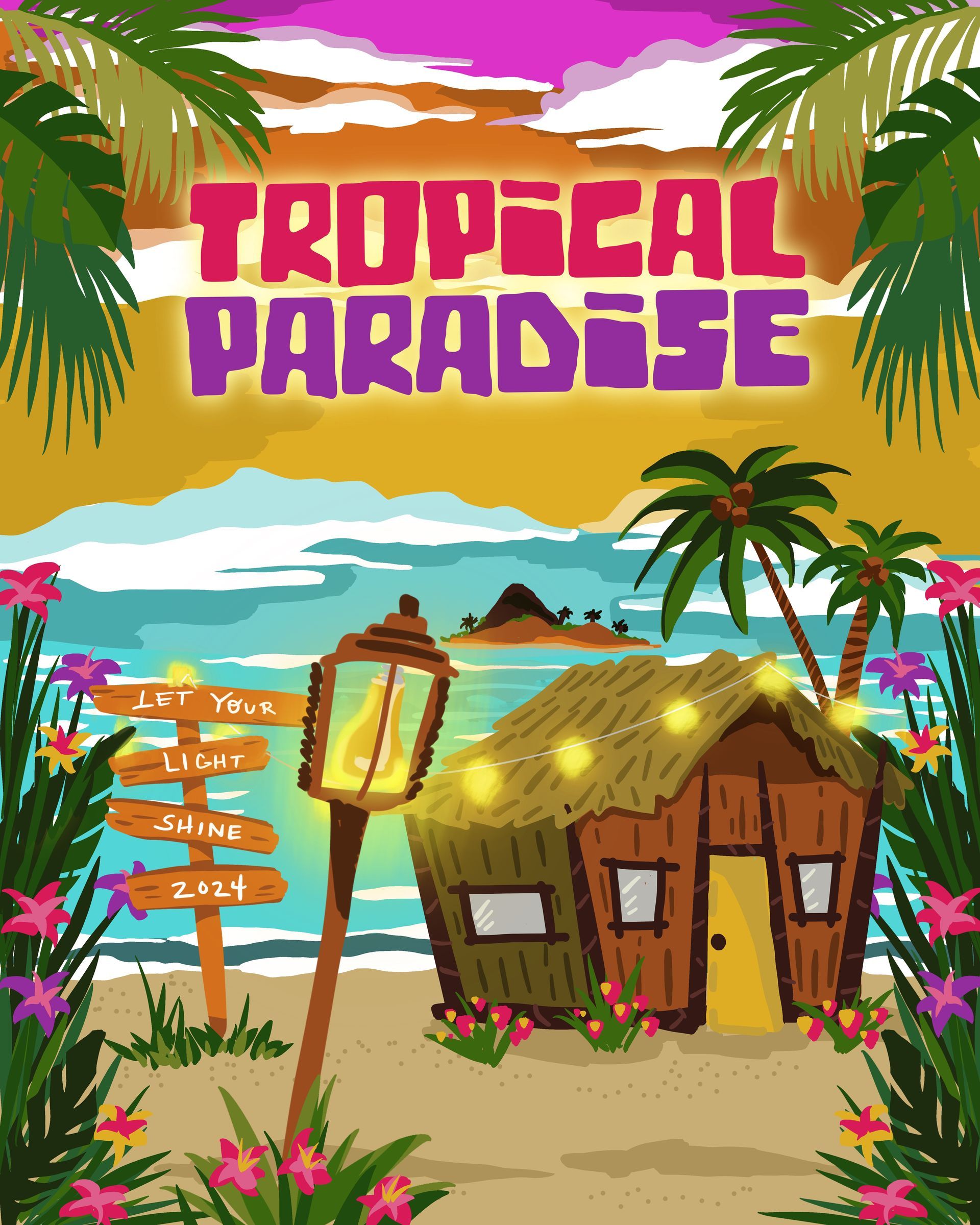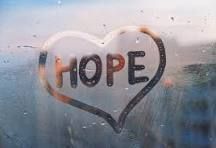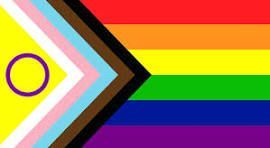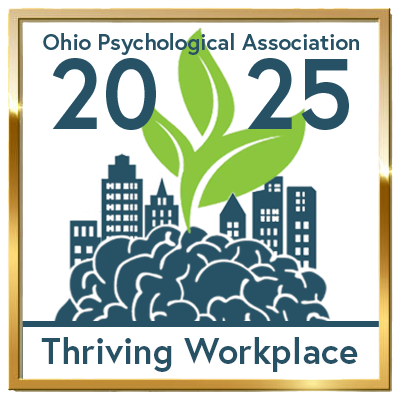At the outbreak of the pandemic COVID 19 virus, The Ohio State University was the first university in Ohio to shut down in-person learning and move to online learning for the rest of the school year. Soon, one-by-one, big and small colleges and universities in Ohio followed in their footsteps.
Upon closing their doors to in-person learning, soon thereafter, students were asked to move out of their dorm rooms and move home the rest of the semester. Many collegiate-age students either where they were attending school or commuting, soon began to be laid off from their jobs thereafter.
Suddenly, students went from living with their friends and having great freedom, to back at home and under parent’s rules and restrictions. For a certain percentage of the collegiate age population, there was no home to go back home to.
Child and Adolescent Behavioral Health’s (C&A) Peer Counselor Bianca Hooten provides insight to help collegiate-age kids through this tough transitional period, which is different than being home during traditional breaks and under the governor’s stay-at-home restrictions.
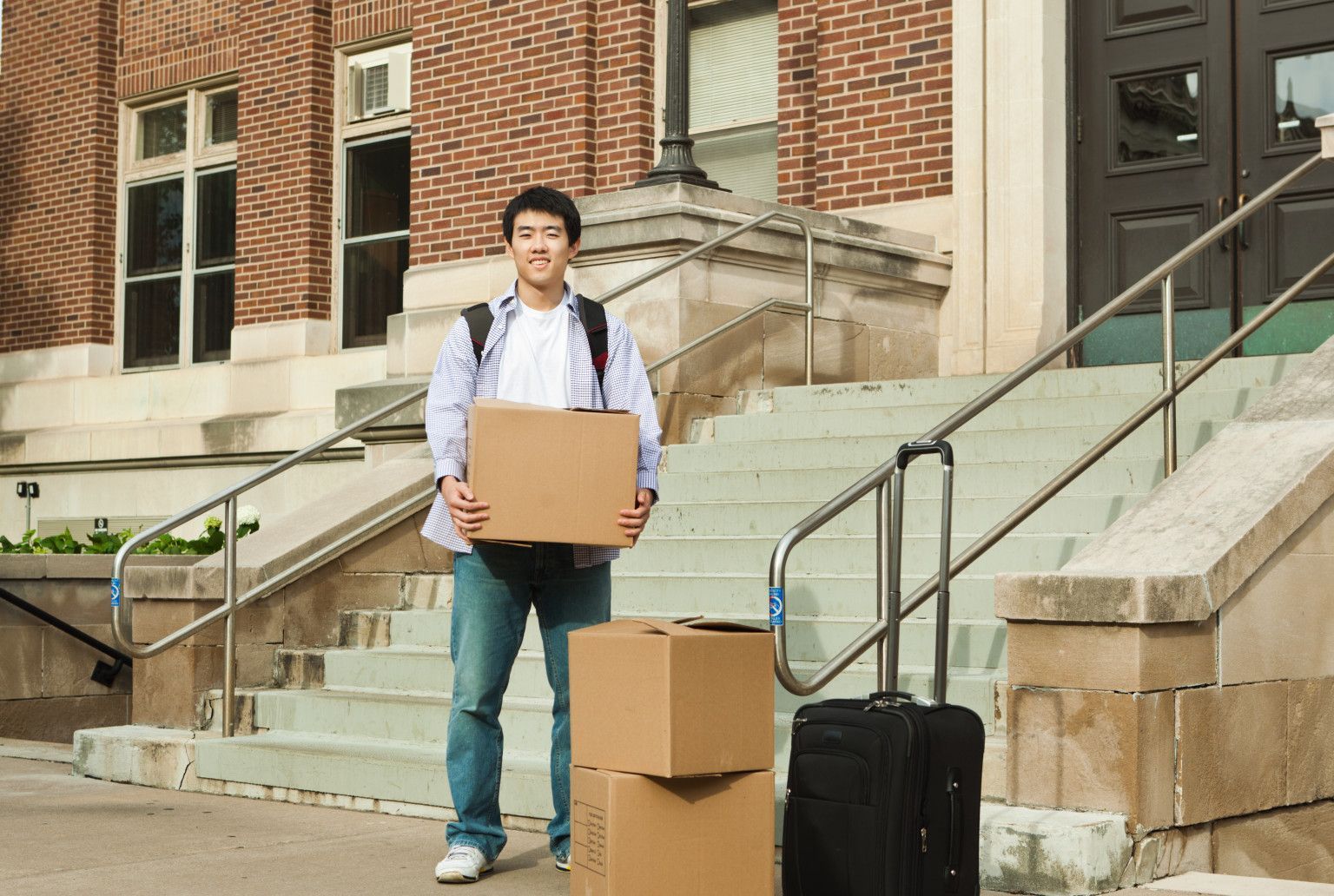
HOW HIGH SCHOOL STUDENTS ARE AFFECTED BY SCHOOL CLOSURES
“Youth that have come home from college, this does not have to be a bad thing,” wrote Hooten. “I think it is first a mindset, and shifting the mindset that this pandemic is only temporary can be helpful to start. Time at home can be a reset from college stress, talk with hometown friends and mentors to recharge. Most importantly is family. Family time is important especially because youth have been away from their loved ones and close relatives.”
For students who are transient and do not have a home to come home to, Hooten offered this advice. “When students are in that transition of developing independent living skills getting connected to community resources is huge!,” wrote Hooten. “Know the community and networking is big. Peer mentors help will this all the time. … but as for one who has had these experiences and lost them due to this time where they are living now, this could be a time to rewrite goals and aspirations for future trials and tribulations. This could also be a time to look at finances closer and money management. Youth don’t always take advantage of saving money so utilizing certain skills helps in times like now.”
Individuals at all age levels, but particularly this age group, should practice mindfulness and pro-social activities.
“I often give feedback on engaging healthy coping and positive interventions besides what we are used to doing – such as going to shopping centers, beaches and social places,” wrote Hooten. “Walking is awesome and healthy, but working on projects that you want to finish but never have the time because you’re too busy is a good idea. Hanging with close friends – keeping social/personal distancing in mind – is a form of coping I use myself.”
LIFE SKILL LESSONS TO LEARN
Two important life skill lessons for collegiate-age students to learn are money management and time management.
Hooten said money management is important during this time frame. Like no time before, kids need to spend money more wisely and more efficiently. Again, many collegiate students have found themselves temporarily laid off for the first time, so being prudent is essential.
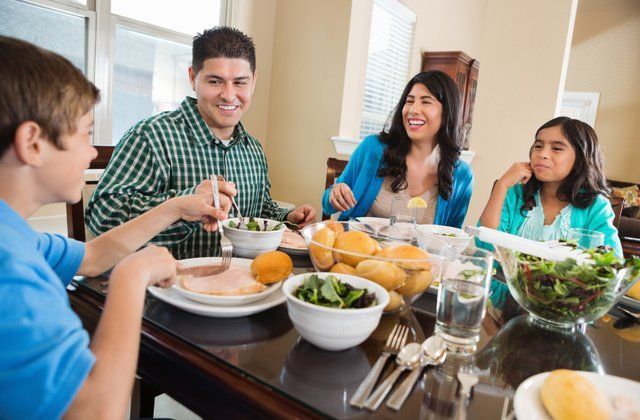
As for time management, Hooten offered this advice. “Our higher officials have placed community orders on all of us; use your time throughout the day effectively,” wrote Hooten. “Consider what your agenda is for each day. Wake up with mindfulness - should I go to the grocery store this day? How can I use my time productively? What are some things that I haven’t put a lot of energy into that matters?
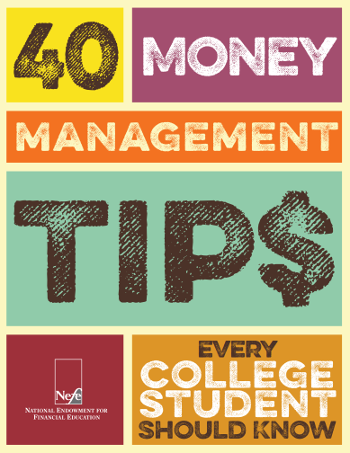
RESILIENCY SKILLS THESE YOUNG ADULTS WILL LEARN
By definition, resiliency is defined as the ability of a substance or object to spring back into shape; elasticity.
Hooten said resiliency is a powerful word! What I constantly tell the youth is that they have strengths and talents already. Sometimes it takes times like these to notice and have mentors pull these gifts out of them. I am a busy body myself, and lately I’ve been in my “creative bag” to say the least. There is something I’ll share that a lot of people don’t know about me – I have been partaking in cooking to strengthen this gift I have. Lately, because all of our social lives here have been slowed down, I have been able to sit down and see what I could develop that I actually like to do.”
Hooten continued by saying she comes from a family of women who love to cook. Since Hooten, like everyone else, is unable to go to her social spots and she is mostly in her house, she is honing her cooking skills.
Hooten summed up what all college kids should be doing right now but rarely take the time to do. Her advice is to take time to know yourself. What are you good at? What are you afraid of? A lot of having strengths and weaknesses has to do with your identity. When you sit down, take time to meditate. Ask yourself some questions. Encourage yourself to face trails and tributions which also help with anxiety! What I’ve learned also that helps with anxiety is having a plan! Plan your day. It will help with that feeling of anxiousness because now you have step-by-step things to accomplish through the day. No one likes feeling overwhelmed!
All four C&A locations are open during the COVID-19 pandemic. C&A is seeing new and current clients in-person or through telehealth. For more information on these services, call 330-433-6075.
* C&A’s Bianca Hooten works with adolescent and young adults as a peer counselor helping kids transition from youth to adulthood learning independent life skills.
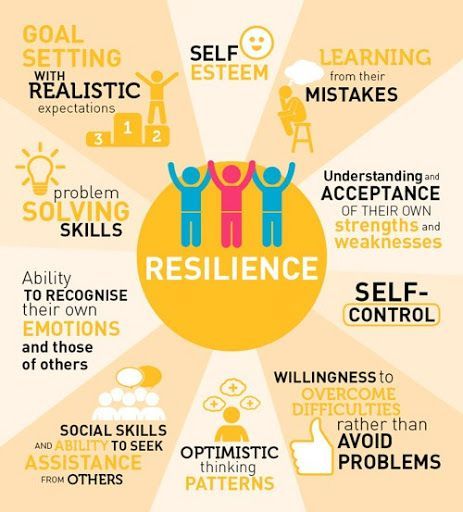
RECENT POSTS
